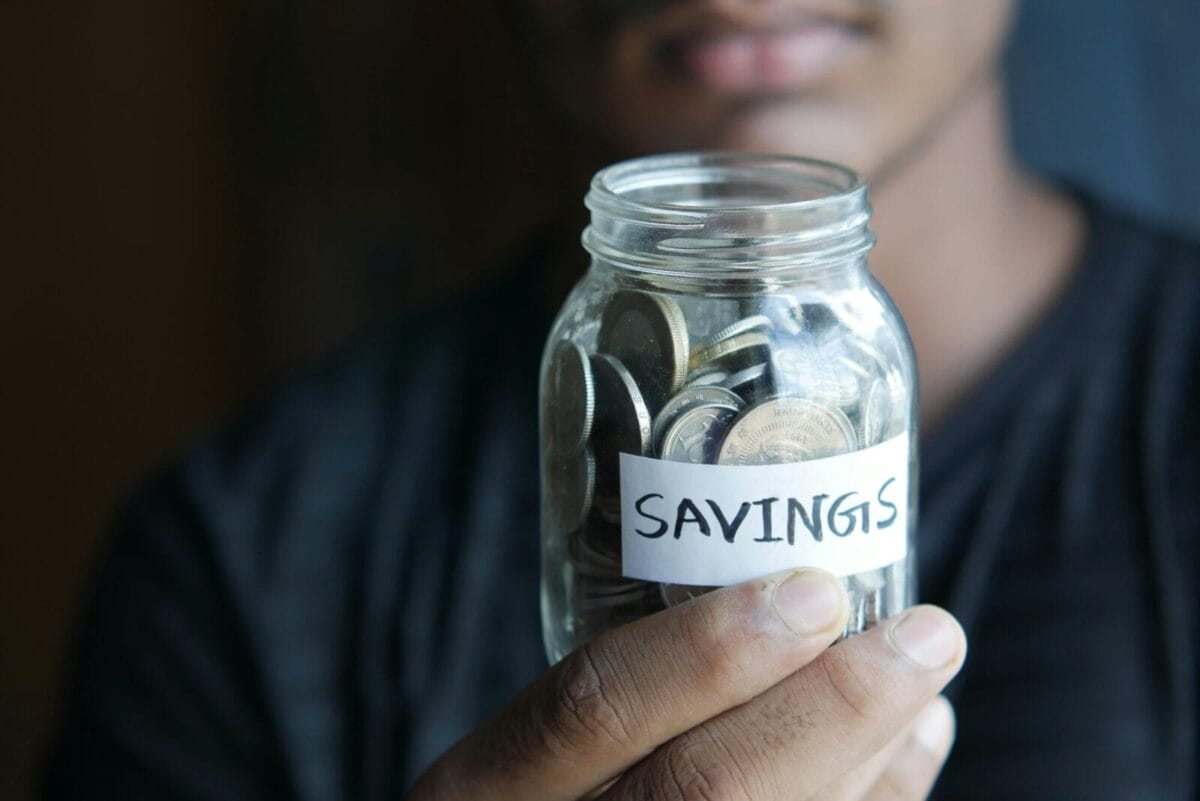As we celebrate Earth Day today, and its 2024 theme of ‘Planet vs. Plastics’, this analysis for IFA Magazine from Melanie Beyeler, Portfolio Manager, New Capital Climate Transition Equity Fund, brings fascinating insight into some of the detail behind the real environmental impact of plastic. We certainly learned a thing or two from reading it!
Plastics have become a staple of our modern existence. In fact, the demand for plastics has doubled over the past two decades and is projected to double again by 2050.[1] They enhance many aspects of everyday life, rendering it smoother, safer and more efficient. Across diverse sectors – from packaging and construction to the automotive industry and agriculture – plastics are now embedded in our daily routines. Yet, as plastic usage surges, so does the urgent need to address its environmental footprint.
Balancing the positive and negative impacts of packaging
Plastic packaging primarily has a protective function and is often crucial in preventing food waste. Remarkably, the environmental benefits of reducing food waste can be five to ten times greater than the environmental costs associated with plastic packaging.[2] When evaluating the environmental impacts of different packaging materials, it is therefore important to consider more than just their recyclability. Factors like the potential for food spoilage with or without specific types of packaging, as well as the resource efficiency of the packaging materials used, are also of decisive importance.
Despite the numerous benefits of plastic packaging, an analysis of its lifecycle reveals significant room for improvement. Only 17% of plastic packaging collected via municipal solid waste management achieves circularity, meaning that approximately 95% of the economic value is lost after just one use.[3] Enhancing the use of recycled content when technically feasible can therefore significantly lessen the environmental impacts throughout the lifecycle of plastic packaging.
Building with plastics
The construction sector is the second-largest user of plastics after the packaging industry, leveraging their superior insulating properties in order to reduce the amount of energy required when heating or cooling buildings. Plastics are also chosen for their corrosion resistance in plumbing and drainage systems, as well as in the manufacturing of energy-efficient windows, doors and weather-resistant roofing and facades. Their lightweight properties and low maintenance requirements make plastics economically attractive in a construction setting.
In Europe, nearly half of all post-consumer recycled plastic is used in the construction of items like bricks and curbstones, while about a quarter is recycled to make packaging.[4] Despite these benefits, the construction industry faces significant challenges when disposing of plastics that have reached the end of their life. Only 20% of construction plastics achieve circularity, with very low reuse rates and difficulties in non-destructive demolition due to plastics being embedded and bonded within structural elements. Additionally, logistical, and economic constraints hinder effective on-site sorting.[5]
Driving efficiency
The automotive industry has significantly increased its use of plastics over the past few decades, leveraging their properties to reduce vehicle weight and enhance fuel efficiency. Notably, plastics have reduced the average vehicle weight by 200 kg, which translates into a fuel efficiency improvement of between 3% to 7%.[6] Plastics are utilised in various car components such as airbag housings, seatbelts and door panels due to their flexibility, durability and lightweight nature. They are also ideal for exterior vehicle parts like bumpers and hoods because of their strong resistance to impact and corrosion.
Plastic recycling realities
The surge in plastics usage has amplified the global challenge of managing plastic waste. While all plastics technically have the potential to be recycled, the process involves several steps: collection, sorting, recycling and repurposing into new products, all of which must be economically viable. Currently, the full value of plastic waste is not being realised due to insufficient waste management infrastructure, a lack of policy incentives and inadequate business models. For example, Europe’s plastics system is predominantly linear, with only 14% of plastic waste recycled annually. The rest is either incinerated for energy recovery, sent to landfill sites, exported or discarded as litter.[7]
Circularity is clearly one of the quickest, most cost-effective and most dependable methods to cut greenhouse gas (GHG) emissions from the plastics industry. Adopting a circular plastics economy would boost material circularity, lower GHG emissions and halt plastic pollution. The transition to this type of economy would require an approach that builds on the traditional Reduce-Reuse-Recycle framework and involves three critical levers:[8]
- Accelerate reuse: Up to 70% of plastic reduction could be achieved through methods like reusing, refilling and identifying new ways of delivering products to the consumer. Reuse schemes are very effective because they prevent waste right from the start. They involve products being used multiple times for the same purpose that they were originally intended for. This can vary from simple in-store bulk dispensers to more complex set-ups, including deposit schemes, packaging take-back, washing and repair.
- Accelerate recycling: Today, many plastic products are designed in a way that makes them hard to reuse or recycle, which means that any such methods are not cost-effective. To boost recycling rates, a focus should be placed on this aspect right at the start of the product design phase. When products are carefully designed, this sets the stage for easier recycling in both technical and economic terms, and it also simplifies the processes of collection and sorting. Designing for recyclability could double recycling profitability and increase the proportion of mechanically recyclable plastics from 21% today to over 50% by 2040.[9]
- Reorient and diversify: Exploring alternative materials to substitute virgin plastics is crucial to reduce overall virgin plastic production and support circular end-of-life management strategies. Replacing certain problematic plastics with short-lived products made from alternatives like paper and compostable materials could result in a 17% reduction in plastic pollution.[10]
In summary, while plastics undoubtedly offer a number of benefits for both producers and consumers across various sectors, their widespread use also poses significant challenges for waste management and environmental sustainability. Addressing these challenges requires a concerted effort to promote the reuse and enhance the design of plastics, as well as the development of viable alternatives. By prioritising these strategies, we can transition towards a more sustainable approach to plastic consumption and disposal.
Melanie Beyeler, Portfolio Manager, New Capital Climate Transition Equity Fund
[1] Nature sustainability, Towards circular plastics within planetary boundaries, March 2023
[2] British Plastics Federation, Sustainability in the plastics supply chain, January 2021
[3] Systemiq, Reshaping plastics, April 2022
[4] Strategy& by PwC, Using recycled plastics to build a more sustainable future, 2022
[5] Systemiq, Reshaping plastics, April 2022
[6] Systemiq, Reshaping plastics, April 2022
[7] Systemiq, Reshaping plastics, April 2022
[8] United Nations Environmental Program, Turning off the tap, 2023
[9] United Nations Environmental Program, Turning off the tap, 2023
[10] United Nations Environmental Program, Turning off the tap, 2023















